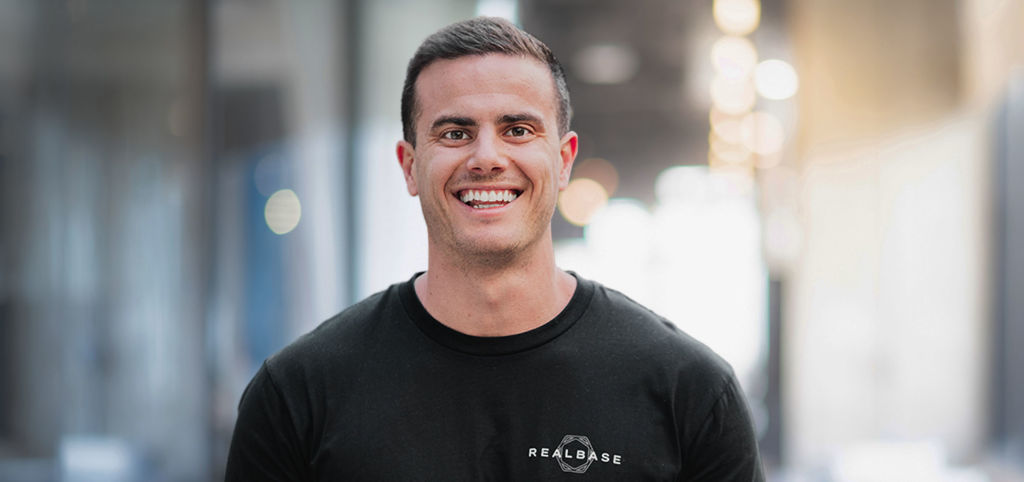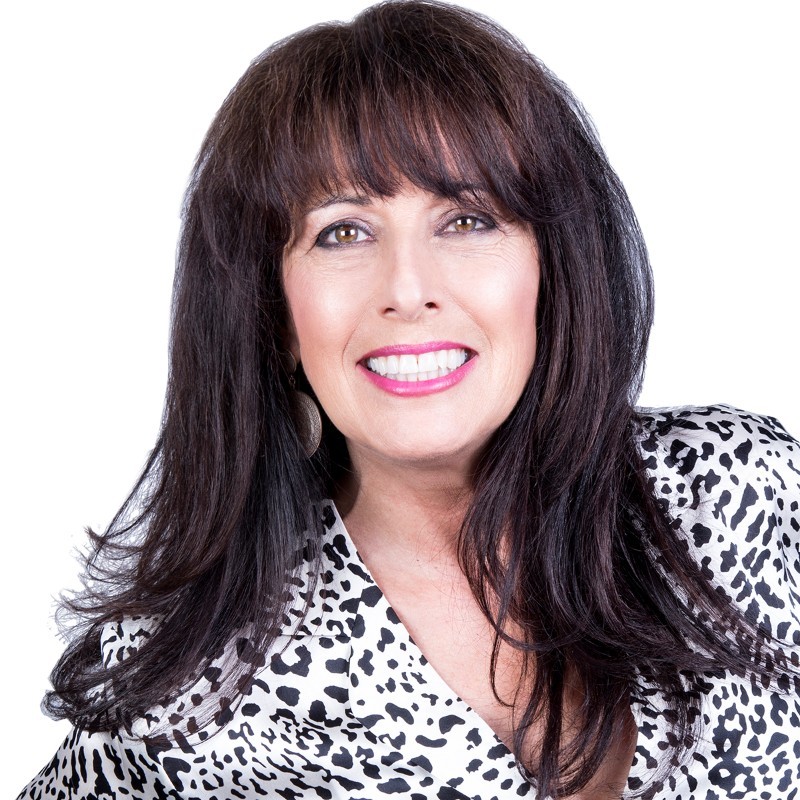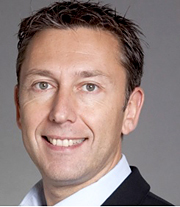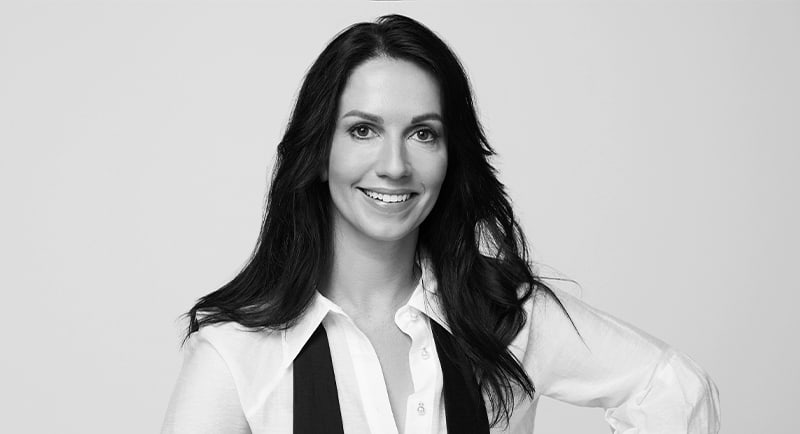Real Essentials demonstrates how to succeed through Amazon retailing
By Leon Gettler, Talking Business
HOW DOES a retailer become successful by selling on Amazon?
Isaac Wolfe, the CEO of Brooklyn-based Real Essentials said it was done by ‘bundling’. That is to say, when customers want several items of one particular products, like say tee-shirts, the company bundles them in a package and sends them to the client, anywhere in the world.
It allows the company to differentiate itself on Amazon, where its online fashion store is one of Amazon’s most popular private brands.
“The truth is, in 2017 when we started Real Essentials, we were the first to come to the market offering more than one piece to a customer,” Mr Wolfe told Talking Business.
“We came up with the concept of bundling products together in clothing. It was introduced in other categories.
“It really wasn’t in the market on a scale in the clothing industry, so that’s really what we built our business on. Anything that a customer wanted more than one piece of, we decided to bundle it up. 
“So tee-shirts, it’s a volume item. Instead of selling one piece, we’d sell five of them.”
He said this was perfect for the Amazon platform.
“It allows us to offer a stronger value to the customer, without jeopardizing the quality of the product,” Mr Wolfe said.
‘Body type’ advantages of selling online
Mr Wolfe said the online space allows the retailer to sell to customers with all body types.
“Online is a different market to retail,” he said. “It’s a safe space. It’s a spot that you can do on your own and we want to cater to all sizes, all genders. That’s the online world.”
Mr Wolfe said customer feedback was part of the Real Essentials business decision-making process.
“Feedback is a very important area of the business,” he said.
“We listen to the customers very closely and we have teams dedicated to this, just watching what the customer is saying.
“We constantly improve our product based on their feedback. So if we hear that the customers aren’t liking the quality of the product, or the weight of the product, or the feel of the product, we go back out to our development and production teams, we sit down, we align and make improvements to the product to make sure that we are always offering the best product to the customer.”
True value of customer feedback
Mr Wolfe said Real Essentials gets that feedback “every single day”.
“It just rolls in, all day long,” he said.
“It’s such an important area of our business. We really built our data visualisation sets, to understand what the customer is saying on a very in-depth basis. It’s an area we look at every single day, we have teams dedicated for it.
“The customer is what our business is built on.”
A lot of the feedback, he said, was around fitting quality.
He said having the right relationships with suppliers, with the factories, was the first way to create products that are affordable.
“To top that, we have our own quality control and quality assurance teams overseas that are watching over our production and our quality day to day,” Mr Wolfe said.
In five years time, he said, he wanted to see Real Essentials setting up bricks and mortar stores across the US.
“I’m not sure we’ll have any in Australia over the next five years, but potentially over in the US,” he said. 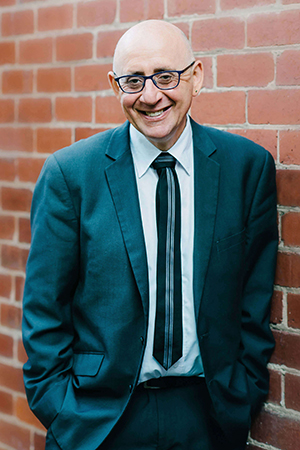
www.amazon.com
Hear the complete interview and catch up with other topical business news on Leon Gettler’s Talking Business podcast, released every Friday at www.acast.com/talkingbusiness
https://shows.acast.com/talkingbusiness/episodes/talking-business-6-interview-with-isaac-wolfe-from-real-esse
ends

 How to resolve AdBlock issue?
How to resolve AdBlock issue? 
